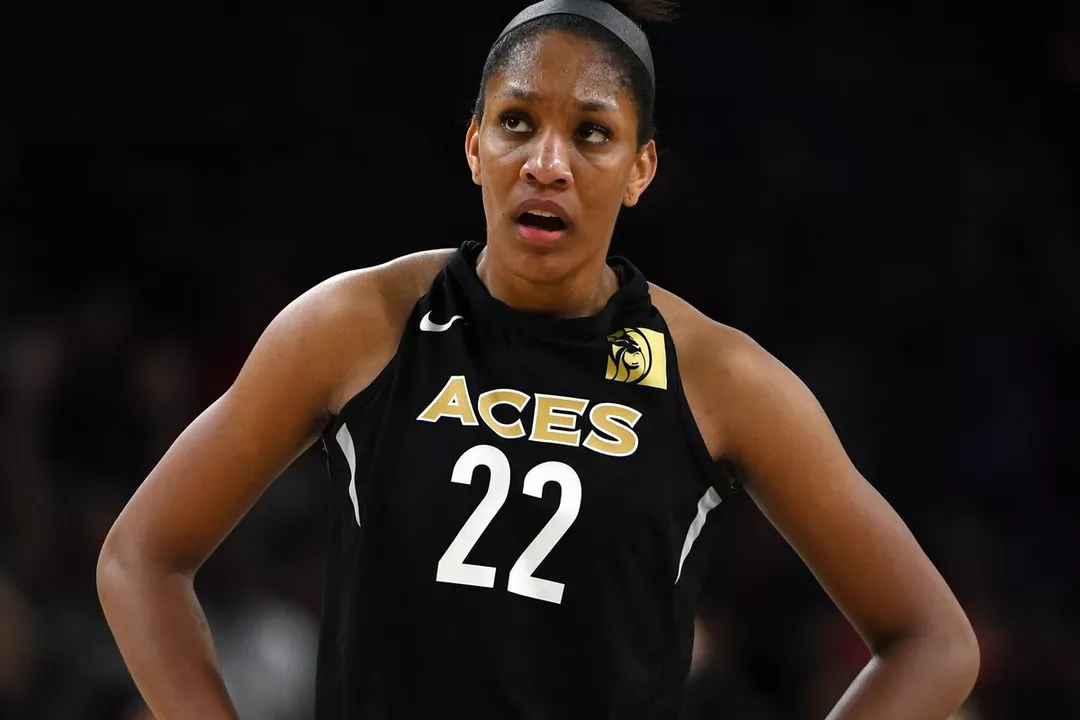International Leagues: Your Hub for Global Sports Action
When you dive into International Leagues, sports competitions that cross national borders and bring together teams or athletes from multiple countries. Also known as global leagues, they shape how fans experience football, basketball, golf and more.
Events like the Ryder Cup, the biennial golf showdown between Europe and the United States illustrate the reach of international leagues. The tournament relies on cross‑continent broadcasting deals, proving that International Leagues require global media partnerships to deliver live action to millions. Similarly, the WNBA, the premier women’s basketball league in the United States sends its players overseas during the off‑season, linking American basketball to European and Asian clubs. This off‑season migration fuels fan interest across continents and shows how player movement influences league popularity worldwide.
The college arena adds another layer. The NCAA, the governing body for college sports in the United States creates pipelines that feed international talent into professional leagues. When a top prospect leaves an NCAA program, the ripple effect spreads to European clubs, Asian leagues and even the NFL. This demonstrates that International Leagues are interconnected with amateur systems, and success at one level often opens doors elsewhere.
Then there’s the Super Bowl, the annual championship game of the National Football League, which, while domestic, draws a massive global audience. Its brand power pushes sponsors to consider partnerships with other international competitions, and the hype around the event spikes viewership for leagues like the English Premier League or the UEFA Champions League the same weekend. In short, the Super Bowl influences the growth strategies of other international leagues by setting a benchmark for spectacle and revenue.
Why International Leagues Matter to Everyday Fans
Fans today don’t limit themselves to a single domestic season. A typical week might include checking the Ryder Cup leaderboard, streaming a WNBA game, and following NCAA recruiting news—all from the same device. This multi‑league habit shows that International Leagues cater to a diverse appetite for sports content, and they thrive on seamless digital access. Whether you’re in Troon, Scotland, or Tokyo, the same platforms bring you real‑time scores, behind‑the‑scenes stories, and expert analysis.
From a business standpoint, broadcasters negotiate rights bundles that cover several leagues at once, aiming to lock in viewers for longer periods. This bundling means a fan who subscribes for golf might also get basketball and college football, reinforcing the idea that International Leagues require integrated media strategies. The payoff? Higher subscriber retention and more ad revenue that gets funneled back into improving the leagues themselves.
On the ground, clubs in international leagues often share best practices. A rugby team in New Zealand might adopt a training regimen from a European football club, while a cricket franchise looks to NBA analytics for player performance metrics. These cross‑sport exchanges underline that International Leagues foster innovation across disciplines, pushing each sport forward.
Looking ahead, the next wave of growth will likely come from emerging markets in Africa and Southeast Asia. As local governments invest in stadiums and youth programs, new leagues will join the global stage, expanding the network of international competition. This future growth ties back to the core idea that International Leagues evolve with global participation, creating more opportunities for fans, athletes, and businesses alike.
Below you’ll find a hand‑picked collection of articles that dive deeper into each of these topics—from free streaming guides for the Ryder Cup to why WNBA players chase contracts abroad. Explore the pieces that match your interests and stay ahead of the game in the world of international sports.
Why are WNBA players paid so much overseas?
As a passionate sports enthusiast, I've always been curious about the pay gap between WNBA players and their male counterparts. Interestingly, I recently discovered that many WNBA players receive substantially higher salaries when playing overseas. This can be attributed to a combination of factors, including the larger fan base and more significant financial investment in women's basketball in countries like Russia and China. Additionally, the shorter season length overseas allows players to earn a higher salary in a condensed timeframe. Ultimately, it's crucial to continue advocating for equal pay and opportunities for all athletes, regardless of their gender or the league they play in.
